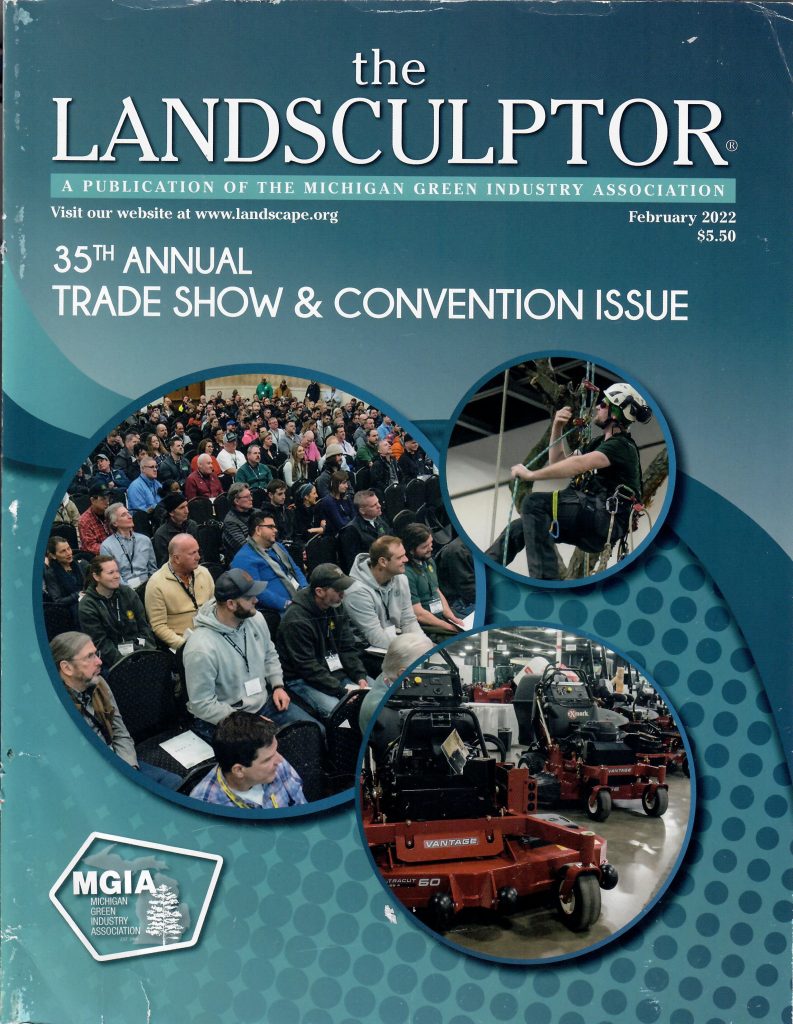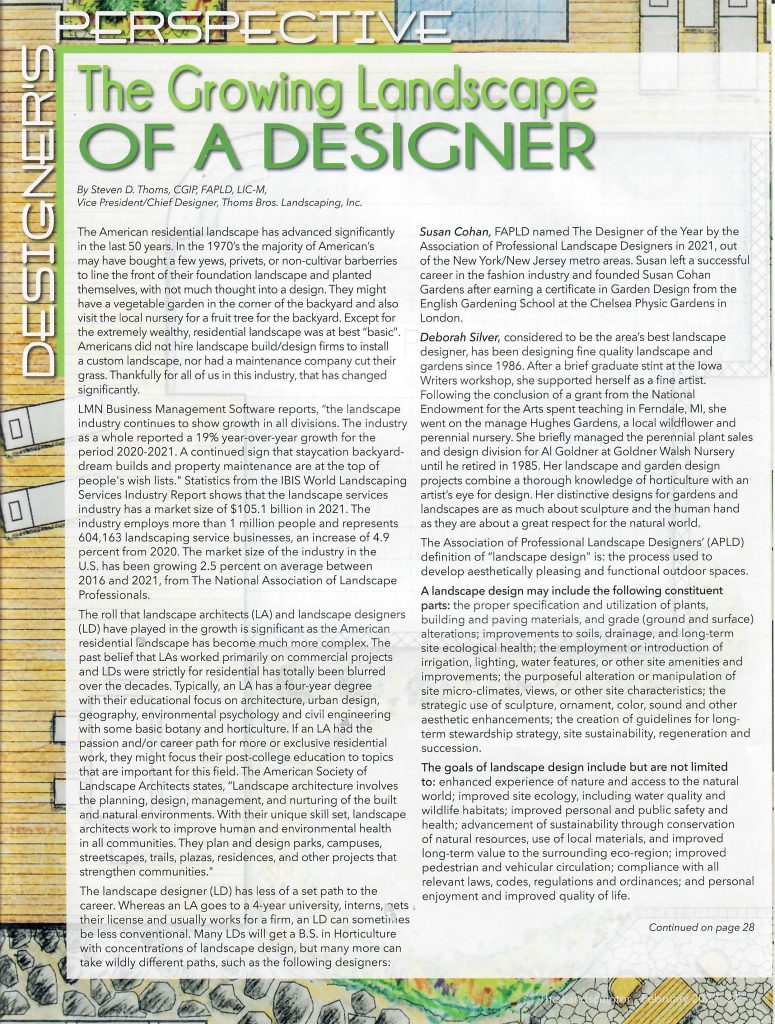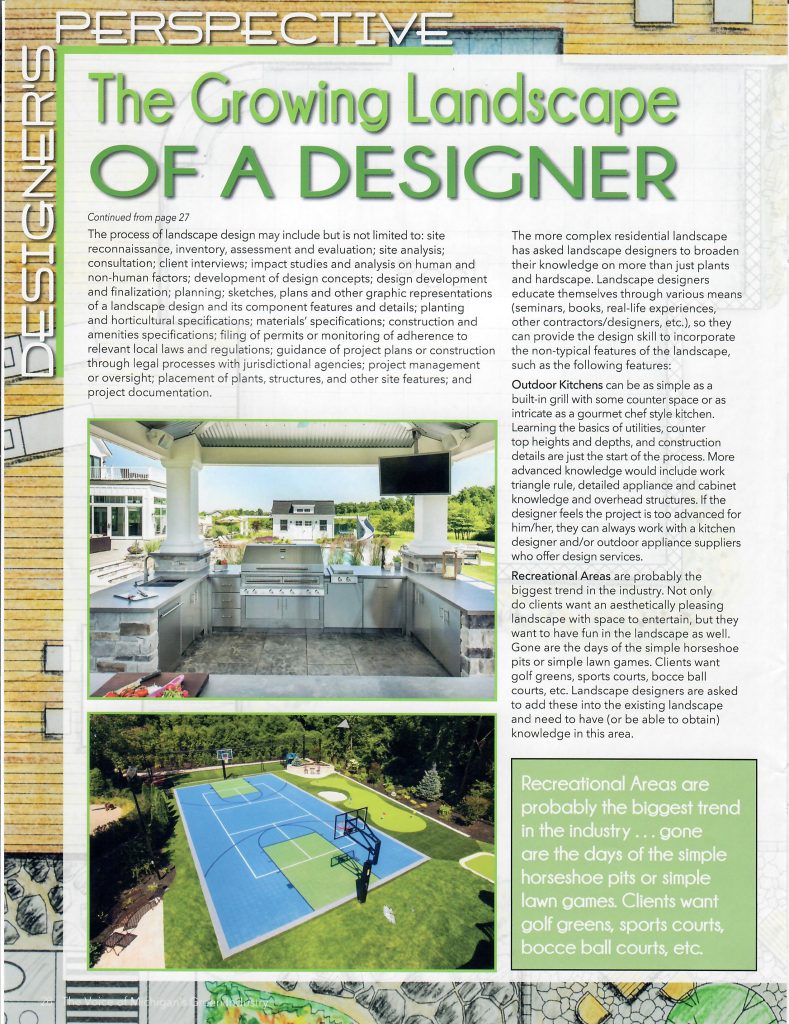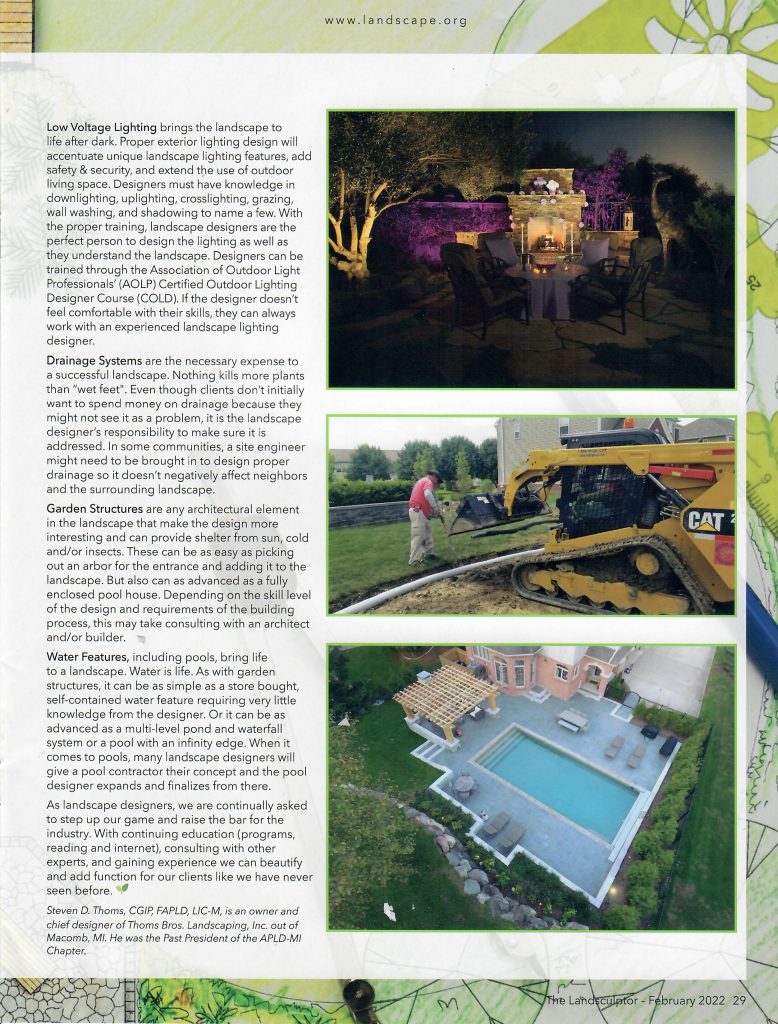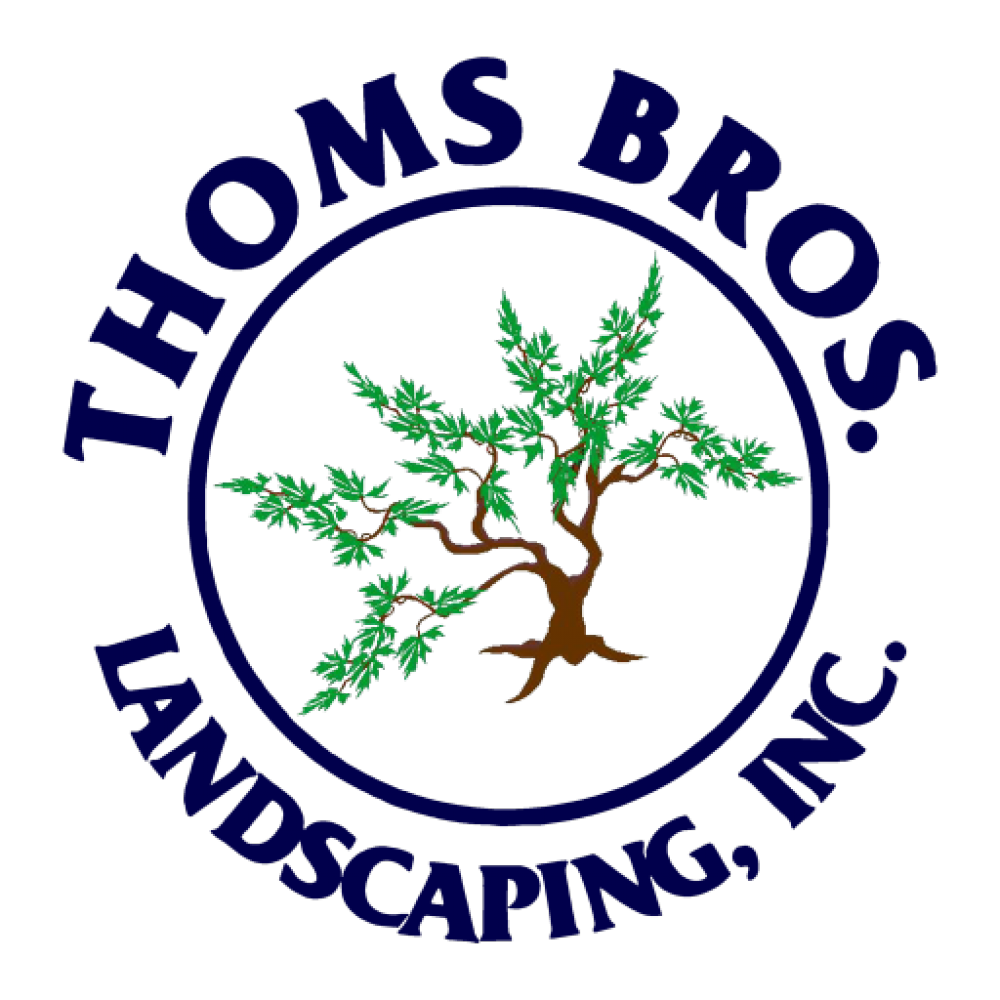The American residential landscape has advanced significantly in the last 50 years. In the 1970’s the majority of American’s may have bought a few yews, privets, or non-cultivar barberries to line the front of their foundation landscape and planted themselves, with not much thought into a design. They might have a vegetable garden in the corner of the backyard and also visit the local nursery for a fruit tree for the backyard. Except for the extreme wealthy, residential landscape was at best “basic”. Americans did not hire landscape build/design firms to install a custom landscape, nor had a maintenance company cut their grass. Thankfully for all of us in this industry that has changed significantly.
LMN Business Management Software reports, “the landscape industry continues to show growth in all divisions. The industry as a whole reported a 19% year-over-year growth for the period 2020-2021. A continued sign that staycation backyard-dream builds and property maintenance are at the top of people’s wish lists.” Statistics from the IBIS World Landscaping Services Industry Report shows that the landscape services industry has a market size of $105.1 billion in 2021. The industry employs more than 1 million people and represents 604,163 landscaping service businesses, an increase of 4.9 percent from 2020. The market size of the industry in the U.S. has been growing 2.5 percent on average between 2016 and 2021, from The National Association of Landscape Professionals.
The roll that landscape architects (LA) and landscape designers (LD) have played in the growth is significant as the American residential landscape has become much more complex. The past belief that LAs worked primarily on commercial projects and LDs were strictly for residential has totally been blurred over the decades. Typically, a LA has a four-year degree with their educational focus on architecture, urban design, geography, environmental psychology and civil engineering with some basic botany and horticulture. If a LA had the passion and/or career path for more or exclusive residential work, they might focus their post-college education to topics that are important for this field. The American Society of Landscape Architects states, “Landscape architecture involves the planning, design, management, and nurturing of the built and natural environments. With their unique skill set, landscape architects work to improve human and environmental health in all communities. They plan and design parks, campuses, streetscapes, trails, plazas, residences, and other projects that strengthen communities.”
The landscape designer (LD) has less of a set path to the career. Whereas a LA goes to a 4-year university, interns, get their license and usually works for a firm, a LD can sometimes be less conventional. Many LDs will get a B.S. in Horticulture with concentrations of landscape design, but many more can take wildly different paths, such as the following designers:
Susan Cohan, FAPLD named The Designer of the Year by the Association of Professional Landscape Designers in 2021, out of the New York/New Jersey metro areas. Susan left a successful career in the fashion industry and founded Susan Cohan Gardens after earning a certificate in Garden Design from the English Gardening School at the Chelsea Physic Gardens in London.
Deborah Silver, considered to be the area’s best landscape designer, has been designing fine quality landscape and gardens since 1986. After a brief graduate stint at the Iowa Writers workshop, she supported herself as a fine artist. Following the conclusion of a grant from the National Endowment for the Arts spent teaching in Ferndale, MI, she went on the manage Hughes Gardens, a local wildflower and perennial nursery. She briefly managed the perennial plant sales and design division for Al Goldner at Goldner Walsh Nursery until he retired in 1985. Her landscape and garden design projects combine a thorough knowledge of horticulture with an artist’s eye for design. Her distinctive designs for gardens and landscapes are as much about sculpture and the human hand as they are about a great respect for the natural world.
The Association of Professional Landscape Designers’ (APLD) definition of “landscape design” is: the process used to develop aesthetically pleasing and functional outdoor spaces.
A landscape design may include the following constituent parts: the proper specification and utilization of plants, building and paving materials, and grade (ground and surface) alterations; improvements to soils, drainage, and long‐term site ecological health; the employment or introduction of irrigation, lighting, water features, or other site amenities and improvements; the purposeful alteration or manipulation of site micro‐climates, views, or other site characteristics; the strategic use of sculpture, ornament, color, sound and other aesthetic enhancements; the creation of guidelines for long‐term stewardship strategy, site sustainability, regeneration and succession.
The goals of landscape design include but are not limited to: enhanced experience of nature and access to the natural world; improved site ecology, including water quality and wildlife habitats; improved personal and public safety and health; advancement of sustainability through conservation of natural resources, use of local materials, and improved long‐term value to the surrounding eco‐region; improved pedestrian and vehicular circulation; compliance with all relevant laws, codes, regulations and ordinances; and personal enjoyment and improved quality of life.
The process of landscape design may include but is not limited to: site reconnaissance, inventory, assessment and evaluation; site analysis; consultation; client interviews; impact studies and analysis on human and non‐human factors; development of design concepts; design development and finalization; planning; sketches, plans and other graphic representations of a landscape design and its component features and details; planting and horticultural specifications; materials’ specifications; construction and amenities specifications; filing of permits or monitoring of adherence to relevant local laws and regulations; guidance of project plans or construction through legal processes with jurisdictional agencies; project management or oversight; placement of plants, structures, and other site features; and project documentation.
The more complex residential landscape has asked landscape designers to broaden their knowledge on more than just plants and hardscape. Landscape designers educate themselves through various means (seminars, books, real-life experiences, other contractors/designers, etc.) so they can provide the design skill to incorporate the non-typical features of the landscape, such as the following features:
Outdoor Kitchens can be as simple as a built-in grill with some counterspace or as intricate as gourmet chef style kitchen. Learning the basics of utilities, counter top heights and depths, and construction details are just the start of the process. More advanced knowledge would include work triangle rule, detailed appliance and cabinet knowledge and overhead structures. If the designer feels the project is to advance for him/her, they can always work with a kitchen designer and/or outdoor appliance suppliers who offer design services.
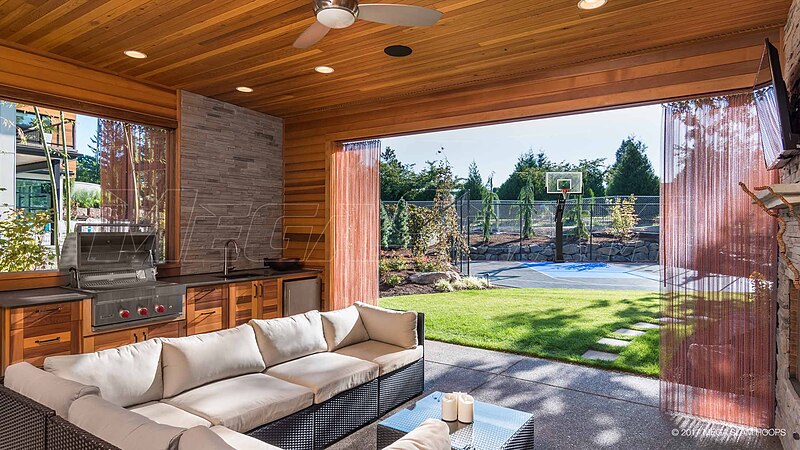
Recreational Areas are probably the biggest trend in the industry. Not only do clients want an aesthetically pleasing landscape with space to entertain, but they want to have fun in the landscape as well. Gone are the days of the simple horseshoe pits or simple lawn games. Clients want golf greens, sports courts, bocce ball courts, etc. Landscape designers are asked to add these into the existing landscape and need to have (or be able to obtain) knowledge in this area.
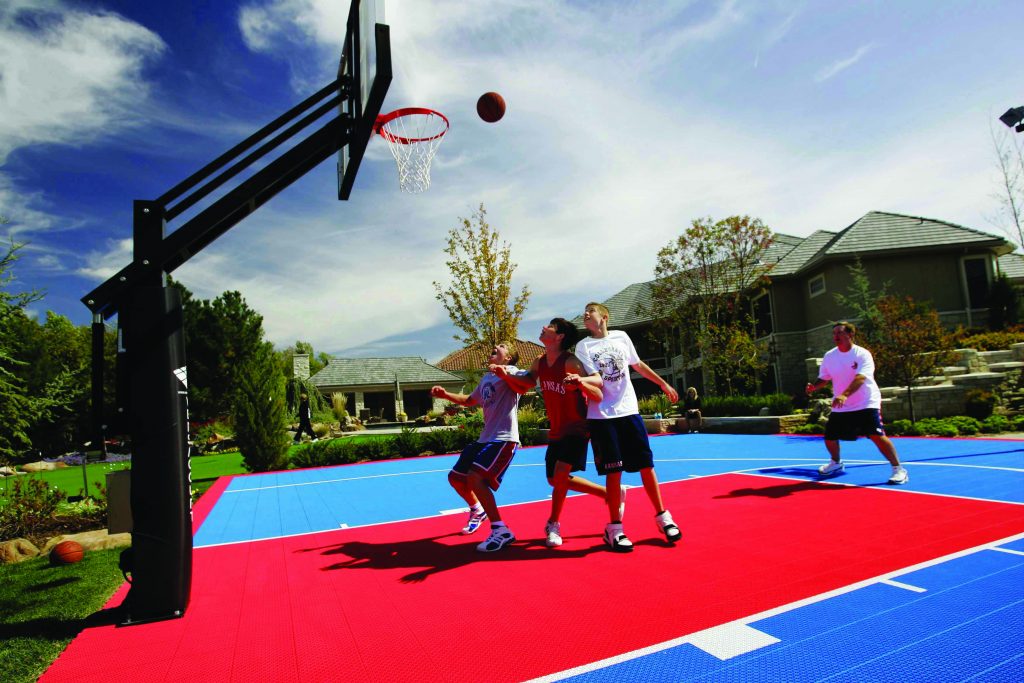
Low Voltage Lighting brings the landscape to life after dark. Proper exterior lighting design will accentuate unique landscape lighting features, add safety & security, and extend the use of outdoor living space. Designers must have knowledge in downlighting, uplighting, crosslighting, grazing, wall washing, and shadowing to name a few. With the proper training, landscape designers are the perfect person to design the lighting as well as they understand the landscape. Designers can be train through the Association of Outdoor Light Professionals’ (AOLP) Certified Outdoor Lighting Designer Course (COLD). If the designer doesn’t feel comfortable to their skills, they can always work with an experienced landscape lighting designer.
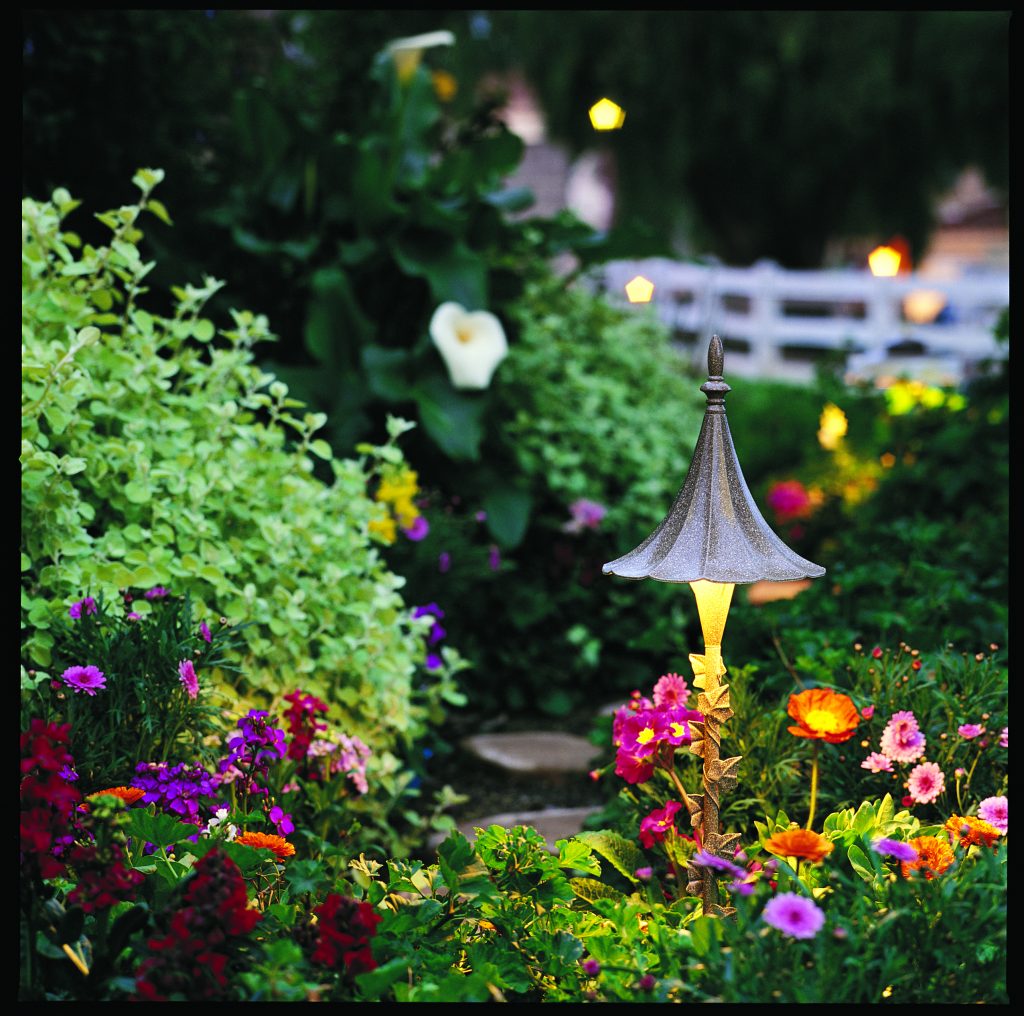
Drainage Systems are the necessary expense to a successful landscape. Nothing kills more plants than “wet feet”. Even though clients don’t initially want to spend money on drainage, because they might not see it as a problem it is the landscape designer’s responsibility to make sure it is addressed. In some communities, a site engineer might need to be brought in to design proper drainage so it doesn’t negatively affect neighbors and the surrounding landscape.
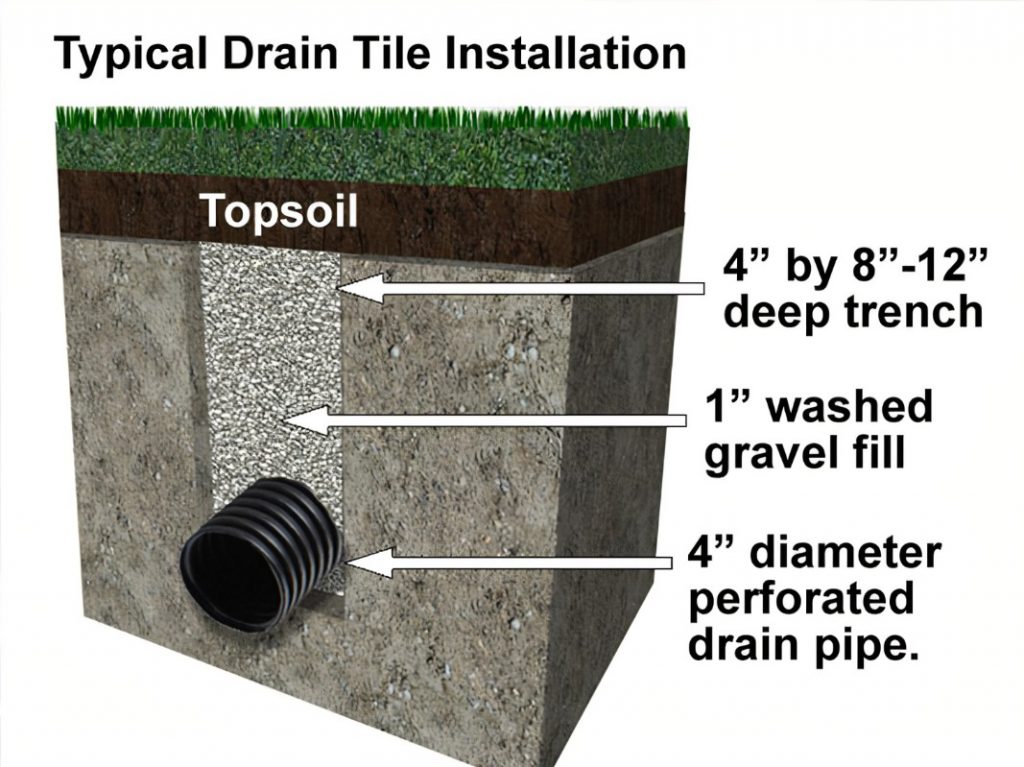
Garden Structures are any architectural element in the landscape that make the design more interested and can provide shelter from sun, cold and/or insects. These can be as easy as picking out an arbor for the entrance and adding it the landscape. But also, can as advanced as a fully enclosed pool house. Depending on skill level of the design and requirements of the building process, this may take consulting with an architect and/or builder.
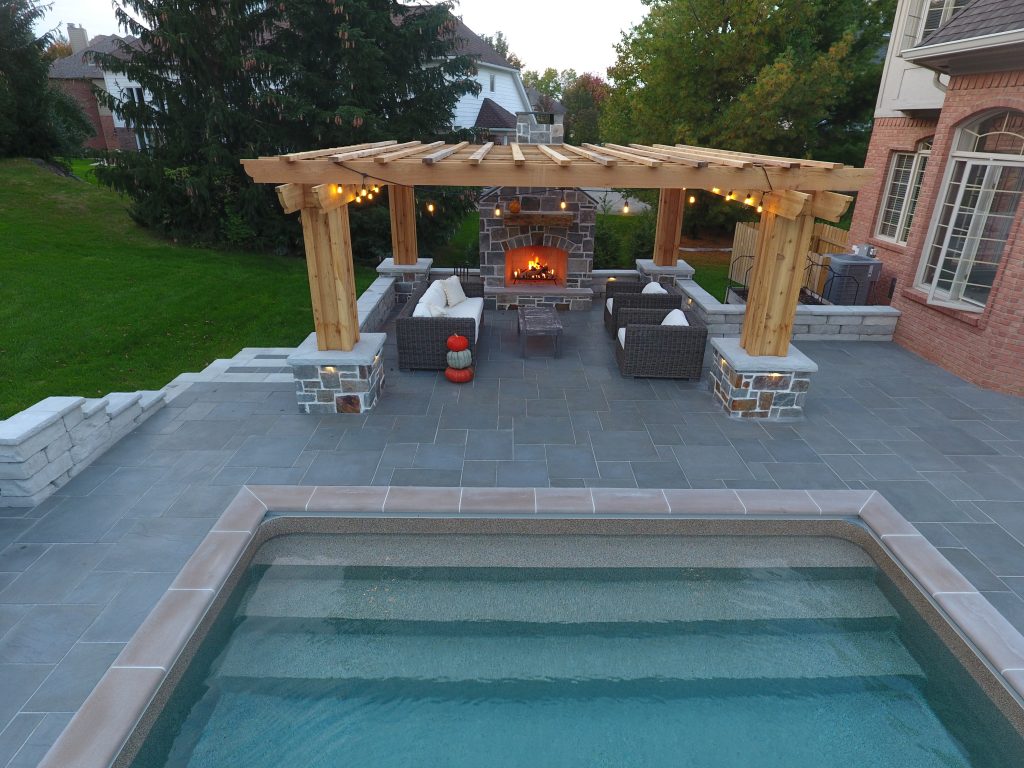
Water Features including pools bring life to a landscape. Water is life. As with garden structures, it can be as simple as a store bought, self-contained water feature requiring very little knowledge from the designer. Or can be as advanced as a multi-level pond and waterfall system or a pool with an infinity edge. When it comes to pools, many landscape designers will give a pool contractor their concept and the pool designer expands and finalizes from there.
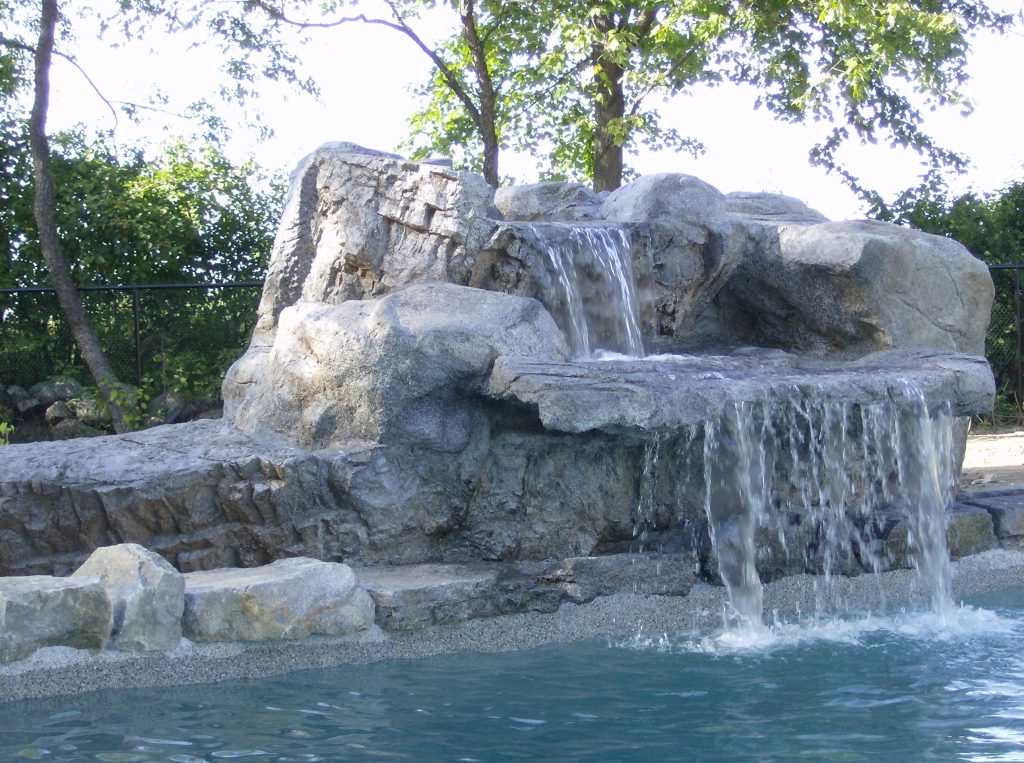
As landscape designers, we are continually asked to step up our game and raise the bar for the industry. With continuing education (programs, reading and internet), consulting with other experts, and gaining experience we can beautify and add function for our clients like we have never seen before.
Steven D. Thoms, CGIP, FAPLD, LIC-M, is an owner and chief designer of Thoms Bros. Landscaping, Inc. out of Macomb, MI. He was the Past President of the APLD-MI Chapter.
